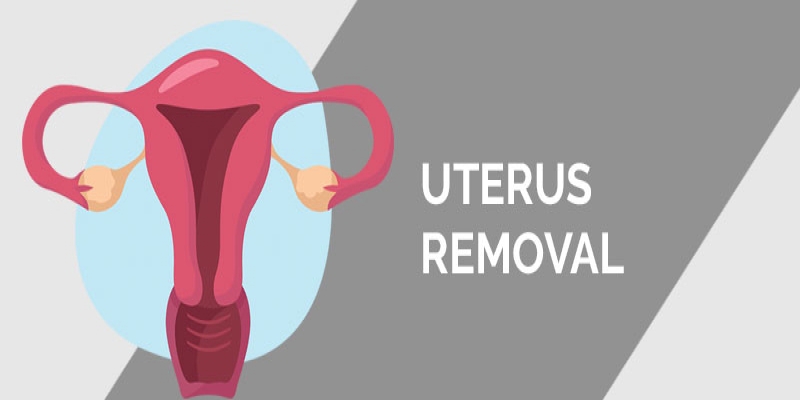A Simple Guide to Hysterectomy - Reasons, Types & Major Approaches
2019-04-02 / RG STONE HOSPITAL / Appendicitis

What You Need to know about Uterus Removal?
Uterus or womb is the place where the foetus grows in a woman’s body. Hysterectomy is the surgical removal of the uterus (womb) and is performed when a woman has uterus related problems after her child bearing is complete.
After a hysterectomy, a woman cannot get pregnant. There may be many reasons or symptoms for which a doctor may suggest removal of the uterus.
A doctor would first try to treat any of these symptoms with medication first. For instance, they use hormone therapy to treat endometriosis.
The surgeons can treat fibroids with other types of surgery that spare the uterus. Hysterectomy is usually the only option for treating uterine or cervical cancer.
Let us understand where conditions where doctors may recommend Hysterectomy.
A doctor would first try to treat any of these symptoms with medication first. For instance, they use hormone therapy to treat endometriosis.
The surgeons can treat fibroids with other types of surgery that spare the uterus. Hysterectomy is usually the only option for treating uterine or cervical cancer.
Let us understand where conditions where doctors may recommend Hysterectomy.
The Reasons for Removal of the Uterus are:
- The common indications include fibroids,
- Heavy bleeding during periods,
- Prolapse (when uterus moves down from its normal position),
- Endometriosis (presence of the uterine lining in nearby organs causing severe pain and bleeding),
- Cancer of uterus, ovaries, or cervix.
- Adenomyosis (condition where the inner lining of the uterus develops into the muscles of the uterus).
- Central Chronic Pelvic Pain / Adhesions
What are the types of Hysterectomy?
Depending on the reason for the hysterectomy, a surgeon may remove all or only part of the uterus. The surgeons explain all these points to the patient before the surgery.
-
Total Hysterectomy
When the uterus along with the cervix is removed by surgery, it is called the Total Hysterectomy.
-
Supracervical Hysterectomy
The doctors follow this procedure to keep the cervix intact and removing only the upper portion of the uterus the procedure of supracervical Hysterectomy is followed. The cervix is kept intact in cases of any difficulties during surgery.
It is an ongoing debate with regard to the removal of the cervix at the time of hysterectomy. If the patient had abnormal pap smears, then she must be at a higher risk of developing cancer. It is a choice. The doctor will discuss these problems with you before the surgery.
-
Radical Hysterectomy
In radical hysterectomy tissue around the uterus called the parametrium are removed surgically. The surgeons usually reserve this procedure for cases which are cancerous in nature.
Sometimes, additional surgeries might have to be performed at the time of hysterectomy. The surgeons may have to remove either one or both of the ovaries and tubes. The procedure is called a salpingo-oophorectomy. In cases, where only the ovaries are removed it is called Oophorectomy.
If the ovaries are removed with the uterus, it might trigger early menopause in women. The medical practitioners and surgeons try their level best to avoid removal of the ovaries in women below the age of 50.
The Hysterectomy may be performed in three ways.
There are three major approaches to remove the uterus: through the abdomen (abdominal hysterectomy – AH), through the vagina (vaginal hysterectomy – VH), or through the vagina with the aid of a laparoscope (laparoscopic assisted vaginal hysterectomy – LAVH).
The surgeon determines the appropriate procedure for each individual case based upon the reason for the hysterectomy and the medical history and condition of the patient.
Most women who undergo removal of the uterus, do not have any serious problems or complications from the surgery. However, it is considered a major surgery. Care has to be taken, and the doctor’s advice must be followed properly during the recovery processes.
Categories
Hernia Repair
Appendicitis
Piles
Urological Treatment
Hernia treatment
Enlarged Prostate (BPH)
Gall Bladder Stone
Urinary / Kidney Stone
Vitamins
Indian Health Care System
Exercise
Obesity
Female Urinary Incontinence
Single Incision Laparoscopic Surgery (SILS)
Kidney Cancer
Bladder Cancer
Ovarian cancer
Nephrology
Bariatric Surgery
Kidney Function Test
Female Urology
Radiation Therapy

